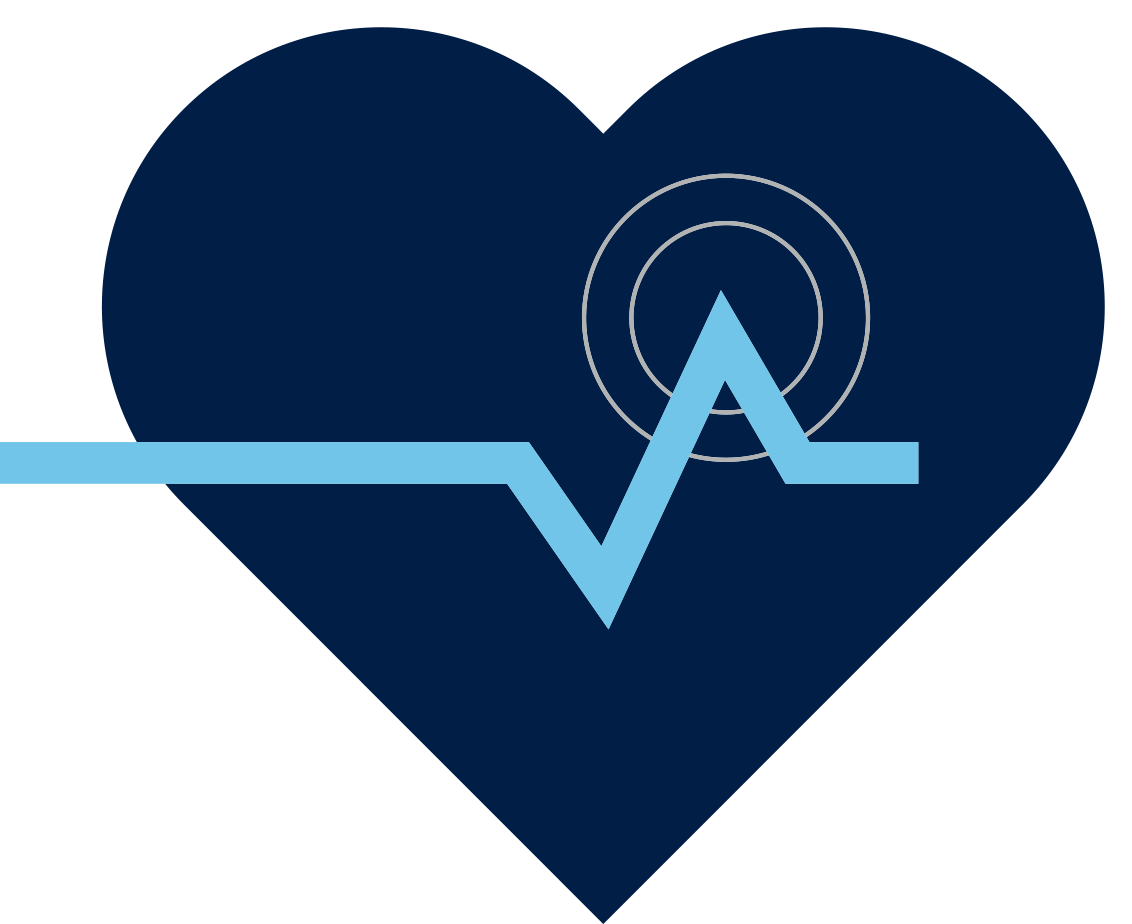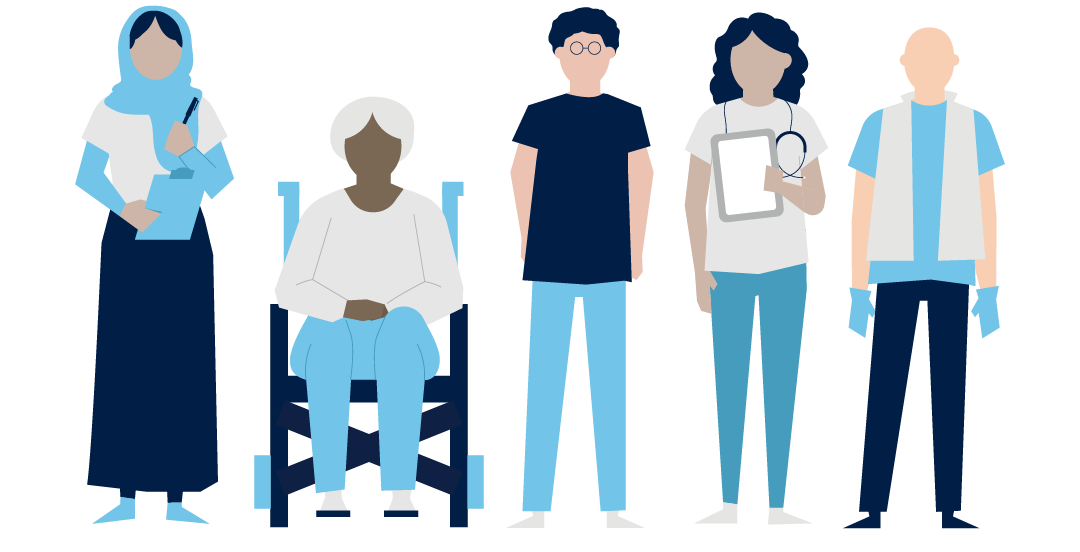
Stories
Cerebral Palsy patient gets relief from a pair of Medtronic therapies
Meet Osmond – an unforgettable Medtronic patient – managing symptoms of cerebral palsy with two Medtronic therapies.
Osmond Shen is feeling grateful. Despite being born with cerebral palsy which causes uncontrollable movements (dystonia) and severe muscle spasticity, he is able do some of his favorite things, such as working on his personal blog, and connecting with friends on social media, thanks in part to a committed team of healthcare specialists, and medical technology.
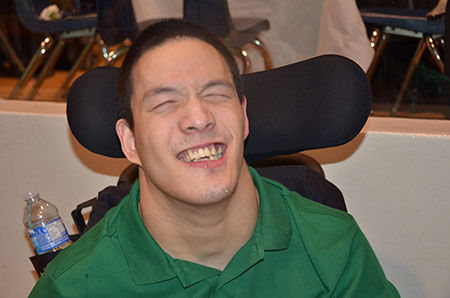
In order to manage his spasticity as a child, Osmond took the highest possible dose of Baclofen, a medication used relax muscle spasms. The extent to which his muscles contracted caused him to perspire excessively, requiring frequent changes of clothes. The pain caused by the spasticity made it difficult to sleep and too challenging to be in school. When his condition took a turn for the worse, his doctor recommended that he be implanted with a baclofen pump to deliver medication directly to his spinal cord.
At the age of eight, Osmond was implanted with an intrathecal baclofen (ITB) pump at Toronto’s Hospital for Sick Children. No longer reliant on oral baclofen, his spasticity was significantly reduced, and he was able to return to school.
"Without the help of ITB Therapy, we had to constantly change the position of Osmond’s legs because the dystonia and spasticity were so severe,” say his parents. “After the procedure, his situation improved remarkably. We didn't have to keep constantly changing the leg position."
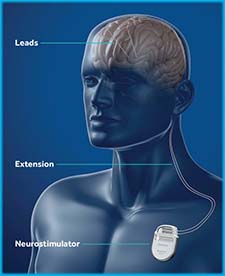
By the age of 17, Osmond’s healthcare team at University Health Network recommended deep brain stimulation (DBS) to help manage his dystonia. DBS consists of electrodes implanted in the part of the brain causing movement issues. The electrode wires connect to a pacemaker-like device implanted near the collarbone. The device adjusts the amount of energy sent to the electrodes, disrupting some of the abnormal brain signals causing dystonia. With the support of his healthcare team and his family, Osmond was implanted with DBS, and had his ITB pump replaced on the same day three years later in 2018. Due to the severity of his case, his doctors decided to activate the stimulation on his second day post-surgery rather than waiting the usual two-week period. That same day, his family noticed a distinct difference. Osmond was able to turn his head, something that was nearly impossible before. His body was visibly less tense, and his dystonia was reduced by about 30 per cent due to DBS therapy.
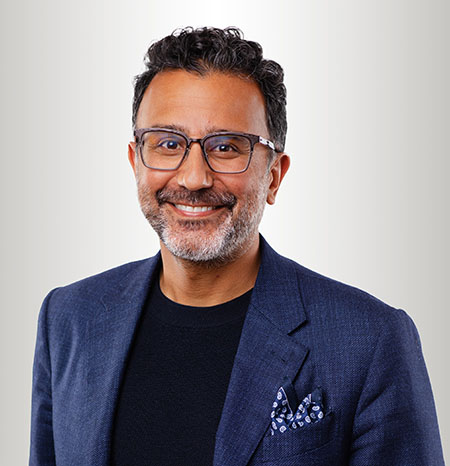
"Advanced therapies such as DBS for dystonia and other movement disorders, as well as intrathecal baclofen pumps for spasticity, have a major positive impact on the quality of life of our patients, “says Dr. Suneil Kalia, neurosurgeon and scientist at the Krembil Research Institute, and part of Osmond’s healthcare team. “It is an honor and privilege to be part of a world class team at the Krembil Brain Institute and University Health Network that allows us to offer these unique cutting-edge therapies for our patients."
During the time Osmond was being assessed and considering DBS, he learned that both his ITB pump and the DBS system were made by Medtronic. “It made me feel more confident about doing the procedure,” says Osmond.
Osmond is grateful not only that the technology has made a difference for the people that care for him, but also for the resulting possibilities that are now open to him.
